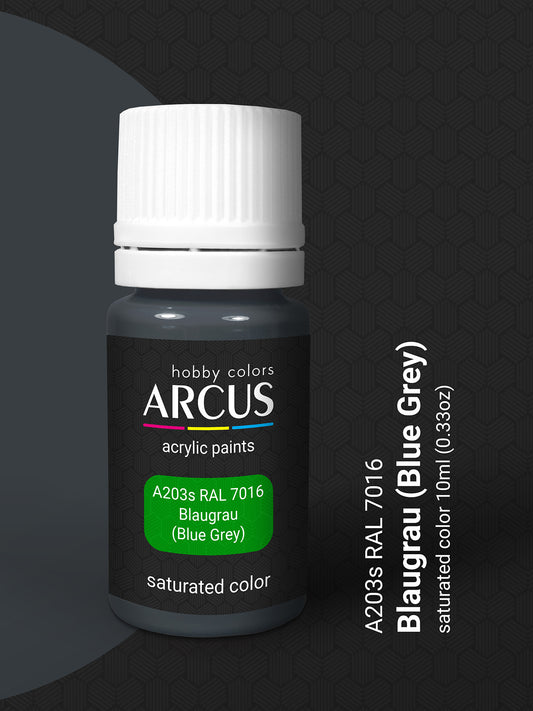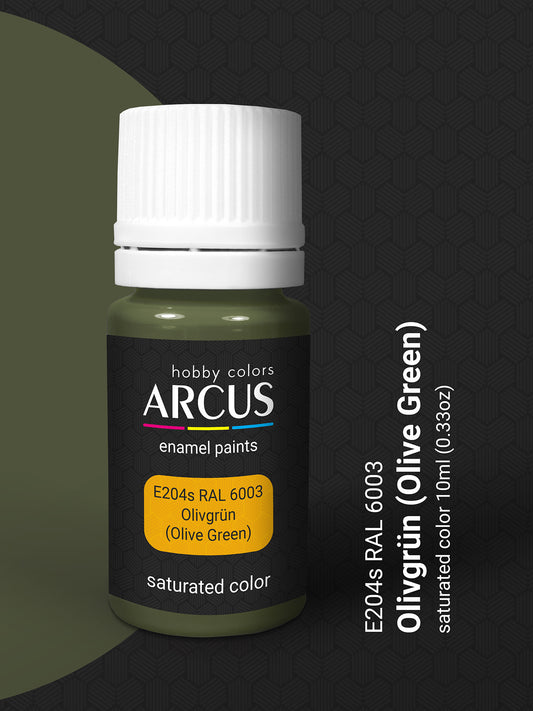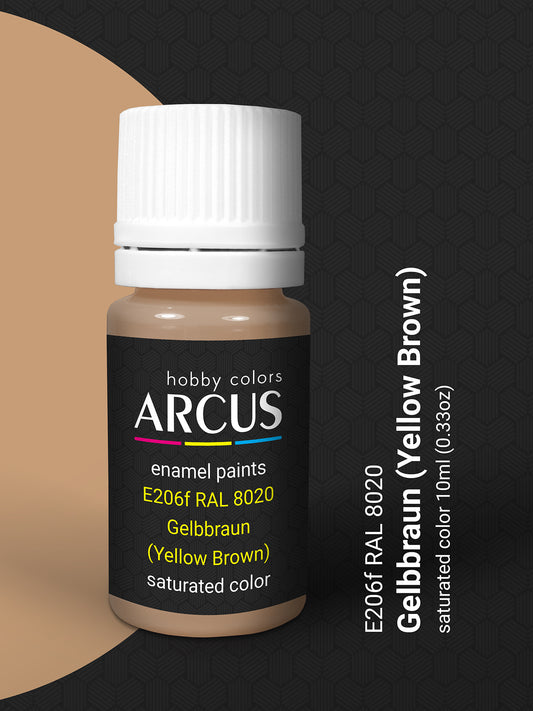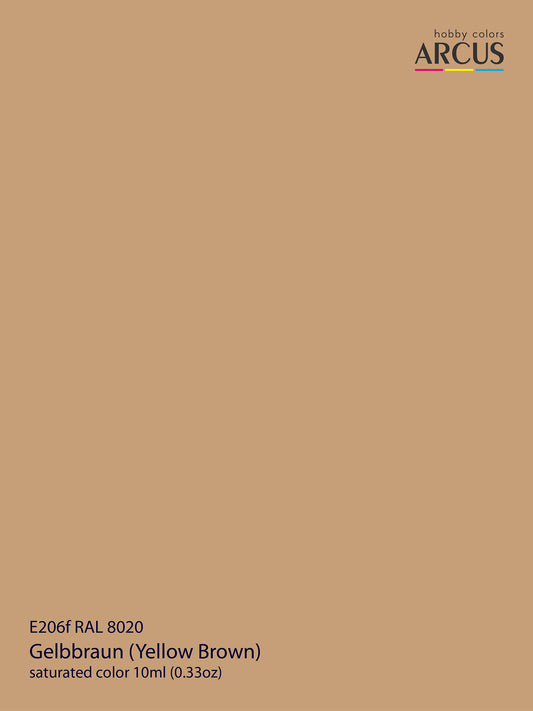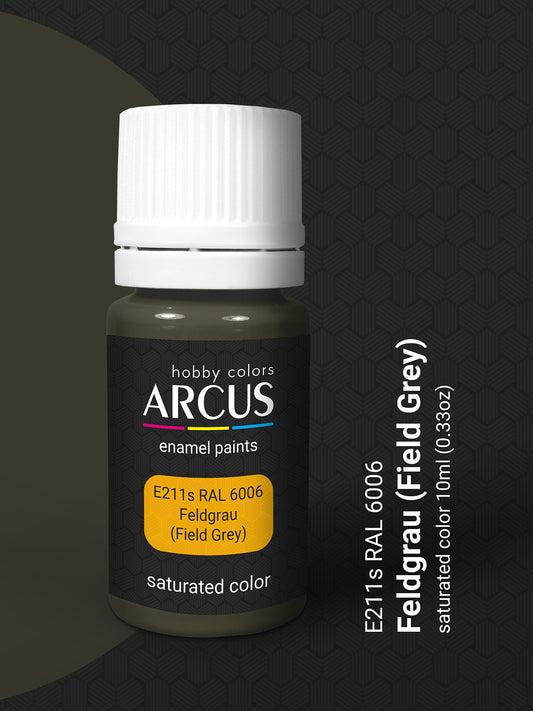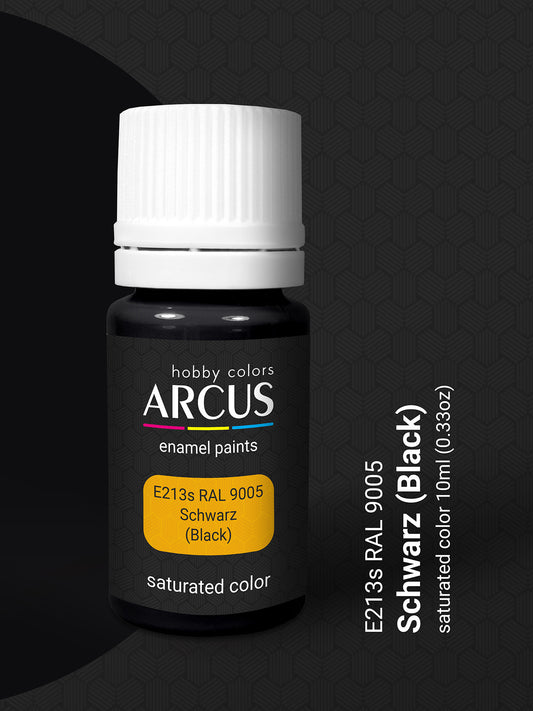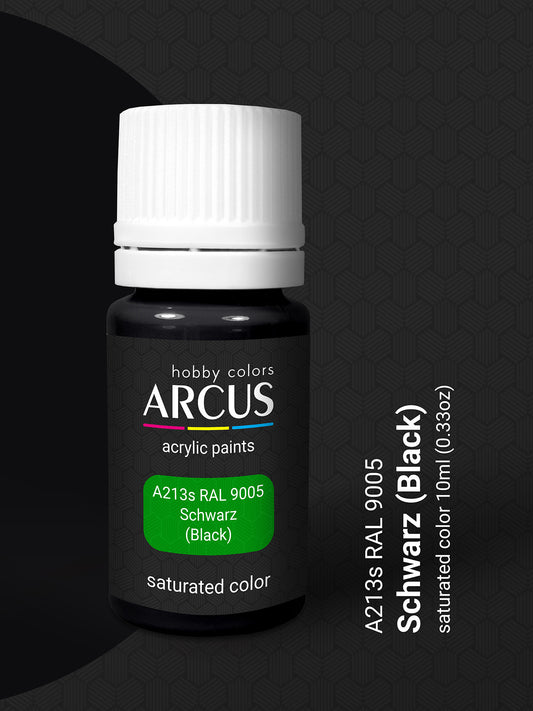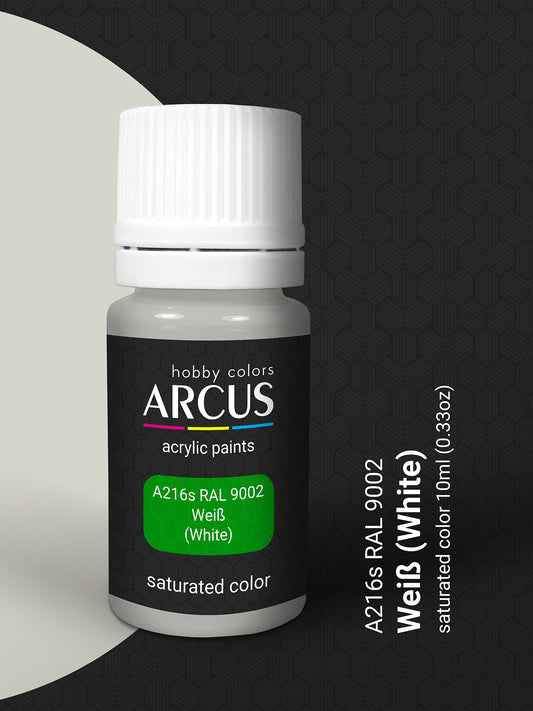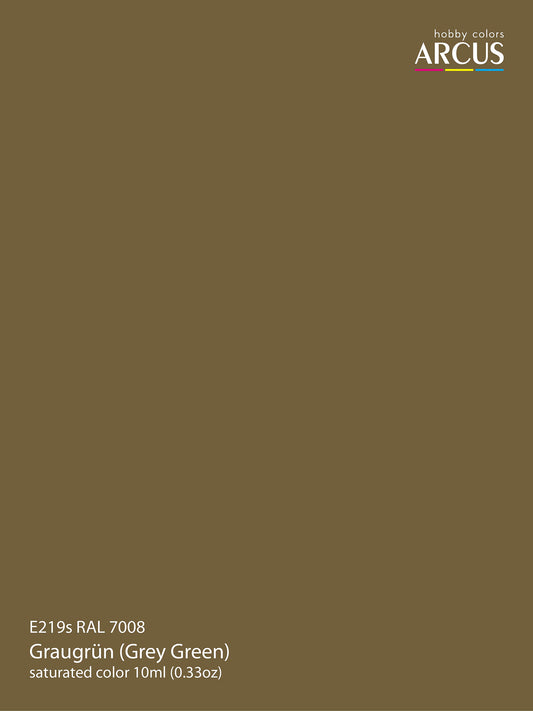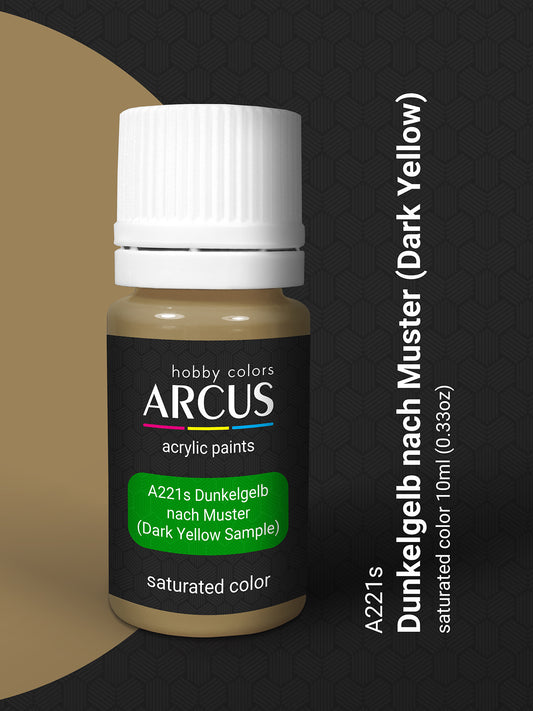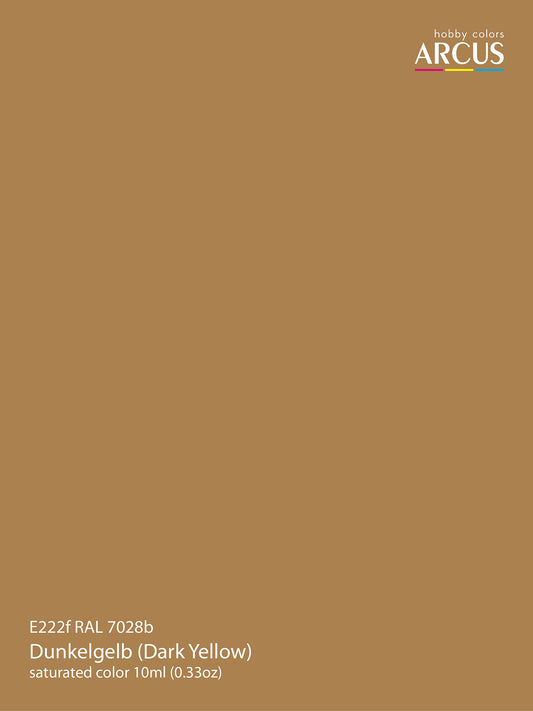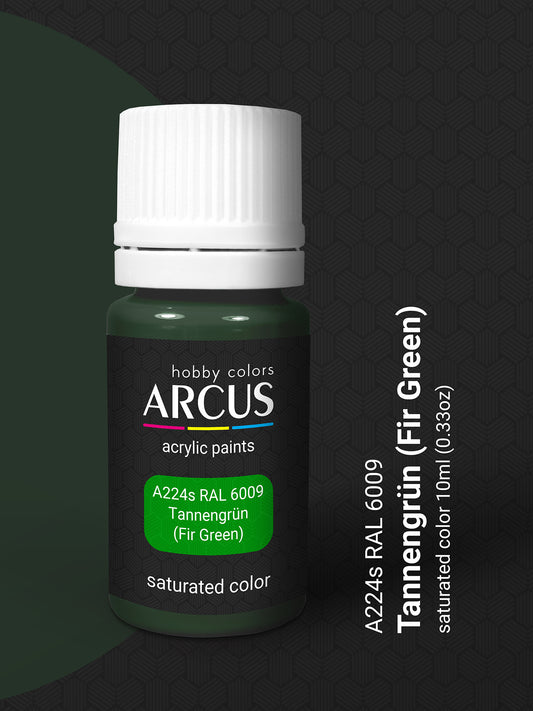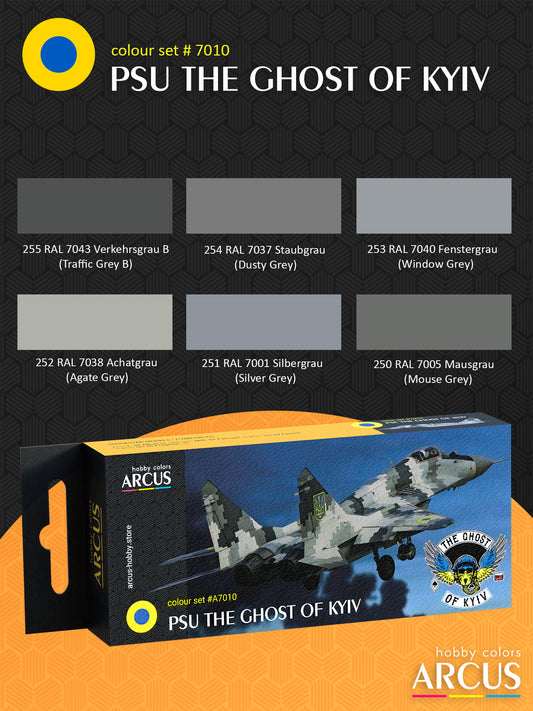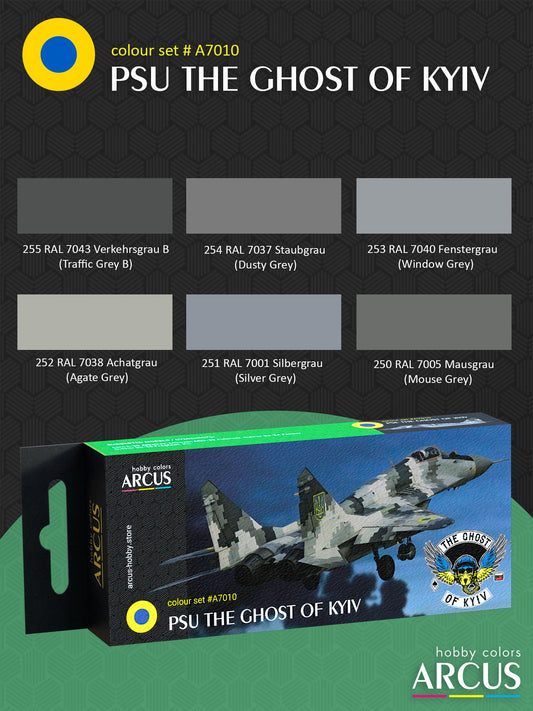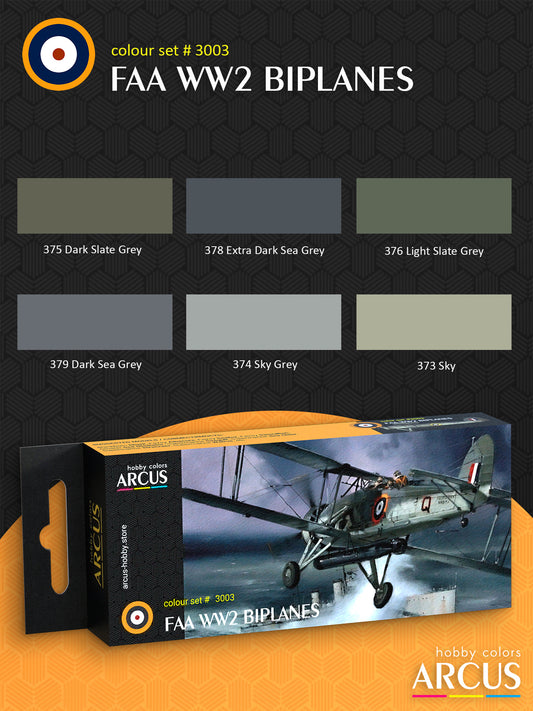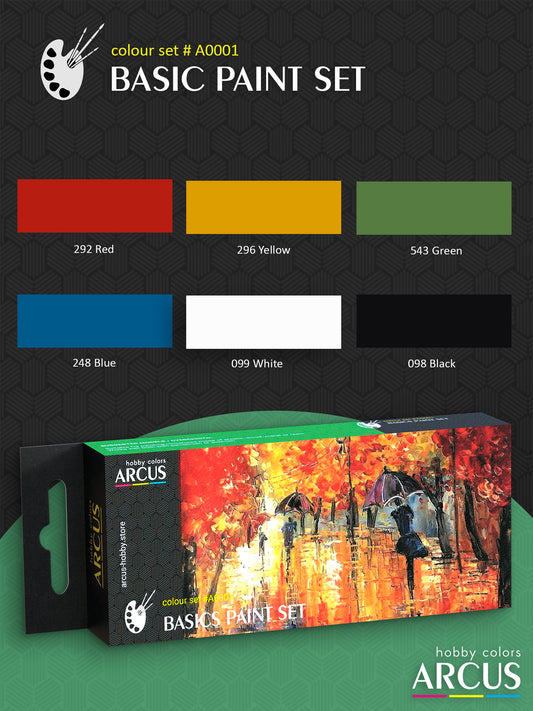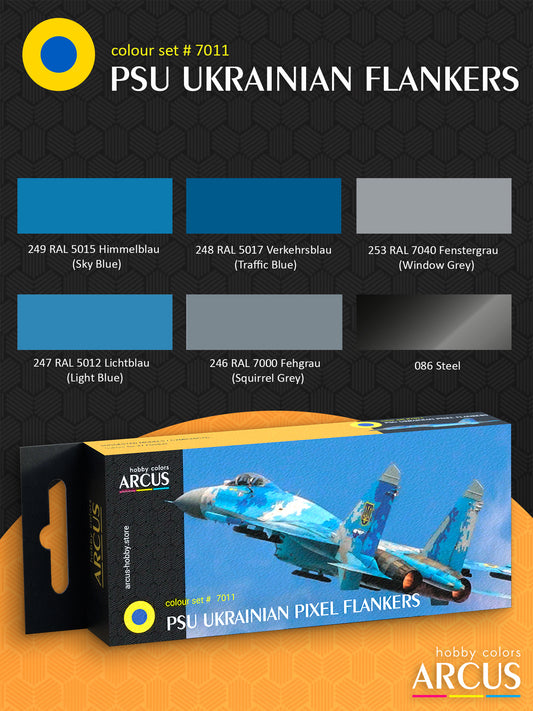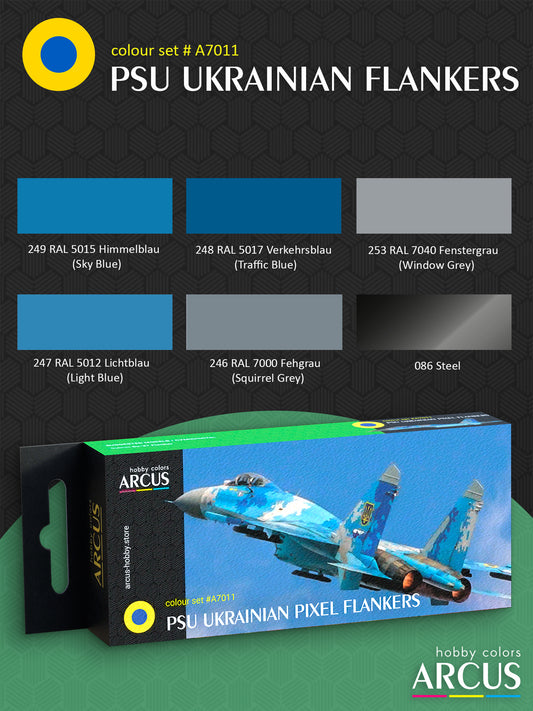第二次世界大戦におけるドイツ陸軍
第二次大戦中のドイツ軍車両に使用された正確な塗装色を忠実に再現。模型製作に最適な考証済みカラー。日本全国へ迅速にお届け。
-
201 RAL 7021 Dunkelgrau Nr. 46
販売元:Arcus Hobby通常価格 $1.99 USD通常価格単価 あたり$1.81 USDセール価格 $1.99 USD -
販売元:Arcus Hobby通常価格 $1.99 USD通常価格単価 あたり
$1.81 USDセール価格 $1.99 USD -
販売元:Arcus Hobby通常価格 $1.99 USD通常価格単価 あたり
$1.81 USDセール価格 $1.99 USD -
販売元:Arcus Hobby通常価格 $1.99 USD通常価格単価 あたり
$1.81 USDセール価格 $1.99 USD -
206 RAL 8020 Gelbbraun (Yellow Brown)
販売元:arcus-hobby通常価格 $1.99 USD通常価格単価 あたり$1.99 USDセール価格 $1.99 USD -
207 RAL 8000 Gelbbraun (Yellow Brown)
販売元:arcus-hobby通常価格 $1.99 USD通常価格単価 あたり$1.99 USDセール価格 $1.99 USD -
販売元:Arcus Hobby通常価格 $1.99 USD通常価格単価 あたり
$1.81 USDセール価格 $1.99 USD -
販売元:Arcus Hobby通常価格 $1.99 USD通常価格単価 あたり
$1.81 USDセール価格 $1.99 USD -
販売元:Arcus Hobby通常価格 $1.99 USD通常価格単価 あたり
$1.81 USDセール価格 $1.99 USD -
211 RAL 6006 Feldgrau (Field Grey)
販売元:arcus-hobby通常価格 $1.99 USD通常価格単価 あたり$1.81 USDセール価格 $1.99 USD -
販売元:Arcus Hobby通常価格 $1.99 USD通常価格単価 あたり
$1.81 USDセール価格 $1.99 USD -
販売元:Arcus Hobby通常価格 $1.99 USD通常価格単価 あたり
$1.81 USDセール価格 $1.99 USD -
販売元:arcus-hobby通常価格 $1.99 USD通常価格単価 あたり
$1.81 USDセール価格 $1.99 USD -
販売元:Arcus Hobby通常価格 $1.99 USD通常価格単価 あたり
$1.81 USDセール価格 $1.99 USD -
販売元:Arcus Hobby通常価格 $1.99 USD通常価格単価 あたり
$1.81 USDセール価格 $1.99 USD -
販売元:Arcus Hobby通常価格 $1.99 USD通常価格単価 あたり
$1.81 USDセール価格 $1.99 USD -
販売元:Arcus Hobby通常価格 $1.99 USD通常価格単価 あたり
$1.81 USDセール価格 $1.99 USD -
販売元:arcus-hobby通常価格 $1.99 USD通常価格単価 あたり
$1.99 USDセール価格 $1.99 USD -
販売元:Arcus Hobby通常価格 $1.99 USD通常価格単価 あたり
$1.81 USDセール価格 $1.99 USD -
販売元:Arcus Hobby通常価格 $1.99 USD通常価格単価 あたり
$1.81 USDセール価格 $1.99 USD -
222 RAL 7028b Dunkelgelb (Dark Yellow)
販売元:arcus-hobby通常価格 $1.99 USD通常価格単価 あたり$1.81 USDセール価格 $1.99 USD -
223 RAL 7028с Dunkelgelb (1944)
販売元:Arcus Hobby通常価格 $1.99 USD通常価格単価 あたり$1.81 USDセール価格 $1.99 USD -
販売元:Arcus Hobby通常価格 $1.99 USD通常価格単価 あたり
$1.81 USDセール価格 $1.99 USD -
販売元:Arcus Hobby通常価格 $1.99 USD通常価格単価 あたり
$1.81 USDセール価格 $1.99 USD






